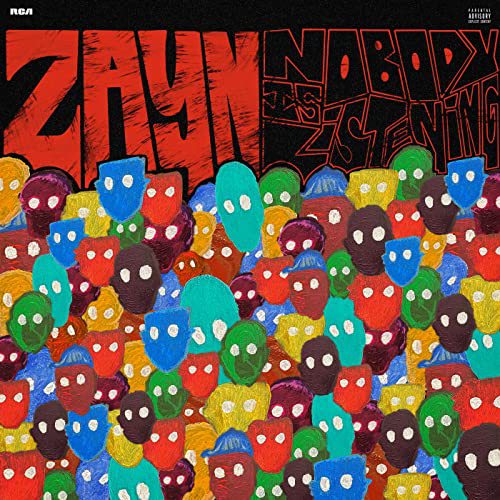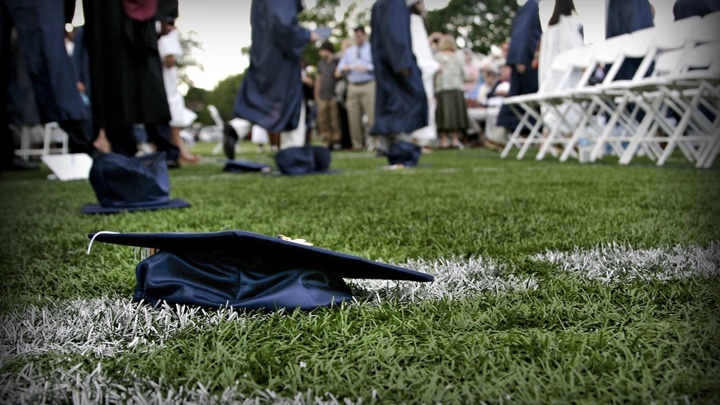Beginning Thursday, Oct. 17, approximately 25,000 teachers and 7,000 support staff of Chicago Public Schools (CPS) took to the streets to advocate for better pay and resources for their classrooms.
The workers of the CPS system, the country’s third-largest school district, have been on strike, forcing schools in the area to shut down temporarily due to lack of staff. From the outside, it may seem that teachers are striking solely for the purpose of more substantial salaries. However, while this is a very justifiable reason to protest, every teacher there would explain that their main reason for involvement in the strike is to gain better support and care for their students. They are calling for larger funds and more expansive staff, including all-week nurses and counselors, for their classes. Protesters believe classes must be made smaller, so as to give more adequate attention to each child.
For the short duration of these ongoing strikes, parents have had to look for alternative locations to bring their kids to during the day. One common solution has been “strike camps”, which have been held at community centers whilst school staff remain absent. At these camps, children can be seen participating in games and physical activities. They have not been receiving any formal education during this time.
While the teachers and staff of the CPS system continue to raise public awareness of the insufficient treatment of students and themselves, negotiations are being held privately between Jesse Sharkey, the Chicago Teachers Union president, and Lori Lightfoot, the mayor of Chicago. Mayor Lightfoot apparently agreed on the importance of limiting class size and increasing staff, however, just how much money the mayor is willing to invest in more staff and resources is the main issue. Lightfoot explained that there just isn’t enough money in the city’s budget to support that many more nurses, librarians, psychologists, and so on. Because of this, talks will continue to go back and forth, with many believing the end is nowhere near.
Despite agreeing with Sharkey and all the CPS staff that changes need to be made, Lightfoot called for an end to the strike on Monday, Oct. 21, even though no agreement had been reached at that point. Lightfoot said, “…students from throughout the city won’t be participating in the athletic competitions they’ve earned the right to compete in, won’t be preparing their college applications with trusted school staff, and won’t be in classrooms with the teachers who hold the keys to their success…” Many parents, while they do recognize the significance behind the strikes, side with Lightfoot on this point.
The strikes have been able to garner some remarkable recognition and support over this short time, drawing attention from 2020 Democratic presidential candidate Elizabeth warren. On Tuesday, Oct. 22, Warren showed up to the strike and stood in solidarity with the many teachers and staff. Warren spoke against Mayor Lightfoot, saying, “I’m here because the eyes of this nation are upon you. They have turned to Chicago for you to lead the way.”
Moving forward, negotiations will carry on between the CTU and the mayor and during this time the children and teens of the Chicago public school system are still not receiving the education they need for their future. Both sides want to get exactly what they are asking for, but it becomes difficult to do so when so many kids are paying the price of missing out on their schooling. However, if by the end of this students have more resources available for their health and success, then it should all be worth it. Dominic A., a sophomore majoring in art education, commented, “Teachers are so underpaid and often have to pay out of pocket to make their classrooms better. I think it’s very admirable to go on strike and fight for such a cause; it shows how much these teachers truly care about bettering their students.”














